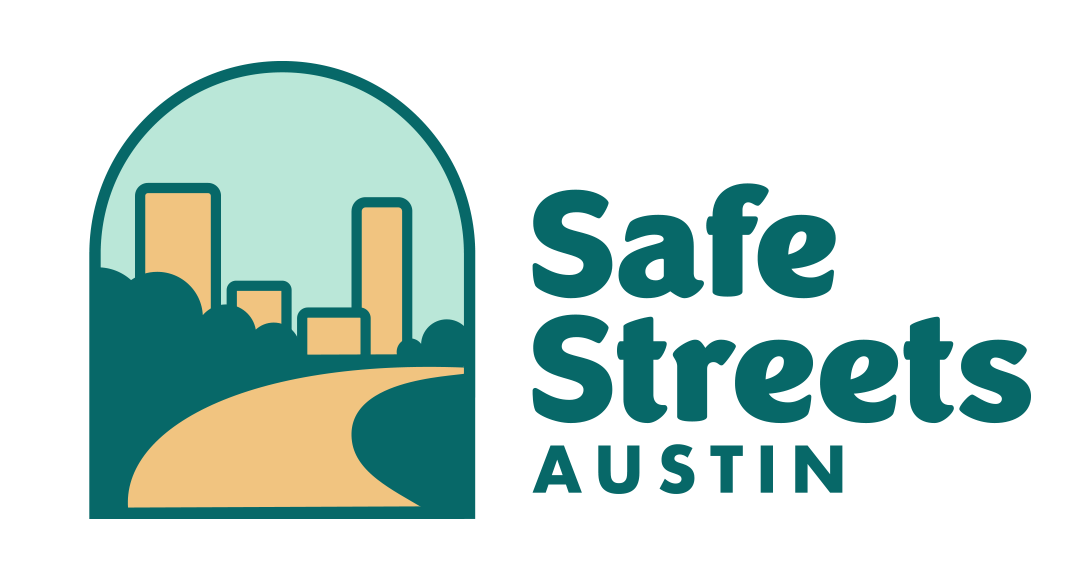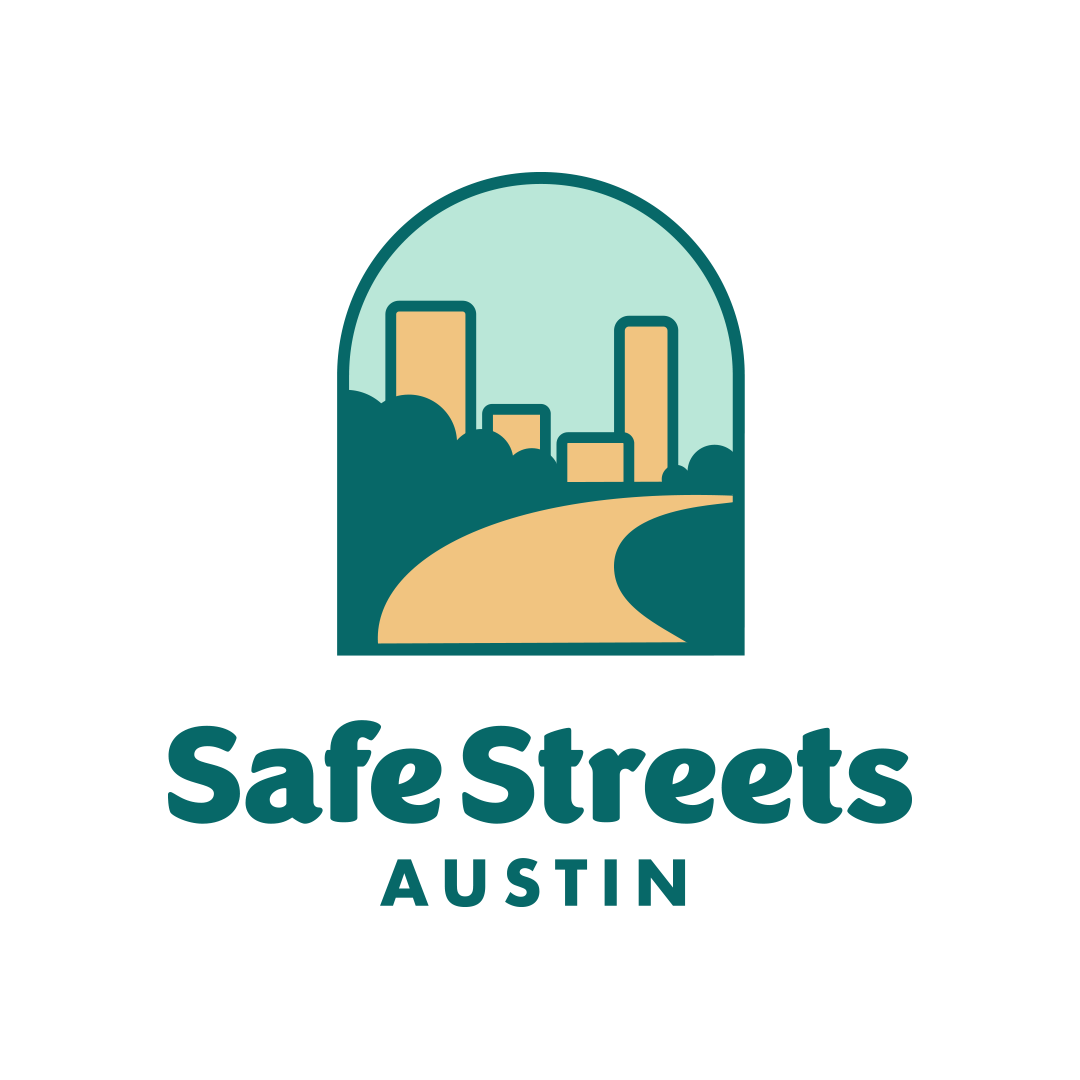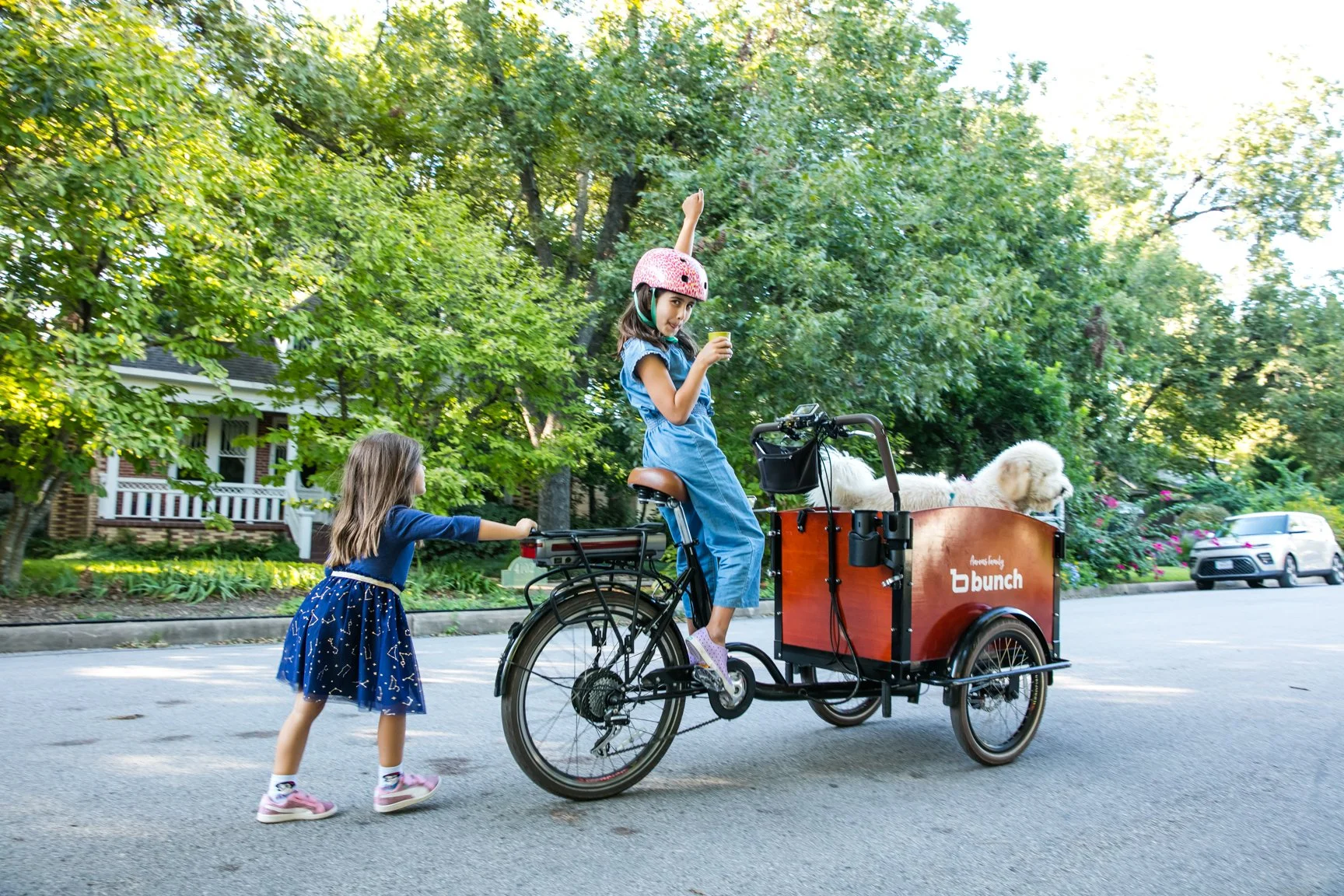Basic Guidelines on Safe Biking
Many of us are sheltering-in-place or working from home and are turning to cycling (plus walking, jogging, and other forms of outdoor recreation) as a way to get some much-needed outside exercise. While Bike Austin enthusiastically endorses this trend, here are just a couple of things to keep in mind to help ensure your safety.
Ride, but not in groups. For now, USA Cycling has recommended races and other gatherings, such as races and group rides be canceled or postponed. In general, it’s much easier to keep your distance from fellow riders if you ride alone or limit the size of your group to your immediate household.
Increase your following distance. The faster you ride, the farther you should be from other cyclists (ahead or behind). The ‘6-feet’ social distance guideline is for when you are on foot, but on a bike, you should give even more space. Play it safe; give yourself and everyone else plenty of room ahead of and behind you.
If you know you are sick, please don’t ride outside. If you have any symptoms, including a fever and a cough, or have been exposed to someone who has tested positive for COVID-19, you should not be going for a ride, as you risk spreading it to others.
Ride to stay fit but don’t overdo it. Try avoid long, intense rides or workouts right now…in the hours following a hard ride or race your body’s immune defenses may be down.
Sanitize your bike, equipment and clothing after you ride. And of course, wash your hands!
Sources:
How to Ride Safely Amid Coronavirus Concerns, From Bicycling Magazine
How much distance should you leave to the cyclist ahead in a time of pandemic? From Road.CC
Biking 101
If you’re new to bicycling or starting to ride again after a long hiatus, make sure to go on a few short rides around your neighborhood before you venture out further. Even if you’re already in good shape, riding a bike uses different muscles than other exercises, and your body will need time to adjust. Take it nice and easy to start off with, and have fun! To get started, set yourself up for success by going over some basic information, then use our resources below based on your needs:
Know the Rules of the Road - Knowing good routes to take is a simple but important part of a safe, fun bike ride.
Know Good Routes - Knowing the laws and codes which guide cyclists will help you remain safe.
Helpful Equipment - The beauty of bicycling is that it’s simple, fun, and easy. A properly functioning bike and a little balance is all you need to get started. Shop and get your repairs locally.
Choosing a Bike
Bicycling.com offers a great guide for you using questions about where and how you will ride.
Shop locally for your bike. Your nearby bike shop can help you choose the bicycle(s) that is right for you. Go prepared with a budget range and an idea of what you’ll be using your new bike for. The Ghisallo Cycling Initiative curated a list of bike shops that are currently open here.
B-cycle Austin’s bike share program is a great option.
Equipment helps. The following additional equipment can come in handy and lead to an even better bicycling experience:
Water bottle: Always stay well hydrated while riding. Having a water bottle with you keeps water within reach wherever you are. If you’re not using any type of bag, you can purchase a water bottle cage that attaches to your bike. They’re inexpensive and can be found at any local bike shop.
Pump: A portable pump that fits in your bag or attaches to your bike is very helpful, in case you get a flat or a slow leak. Riding on low tires is unpleasant, potentially dangerous, and can make it easier to get a flat. Simple portable pumps are inexpensive and can be purchased from any local bike shop.
Helmet: A properly fitted helmet can help protect your most vital organ in the case of a crash. The City of Austin requires a helmet for anyone under the age of 18 operating a bicycle.


